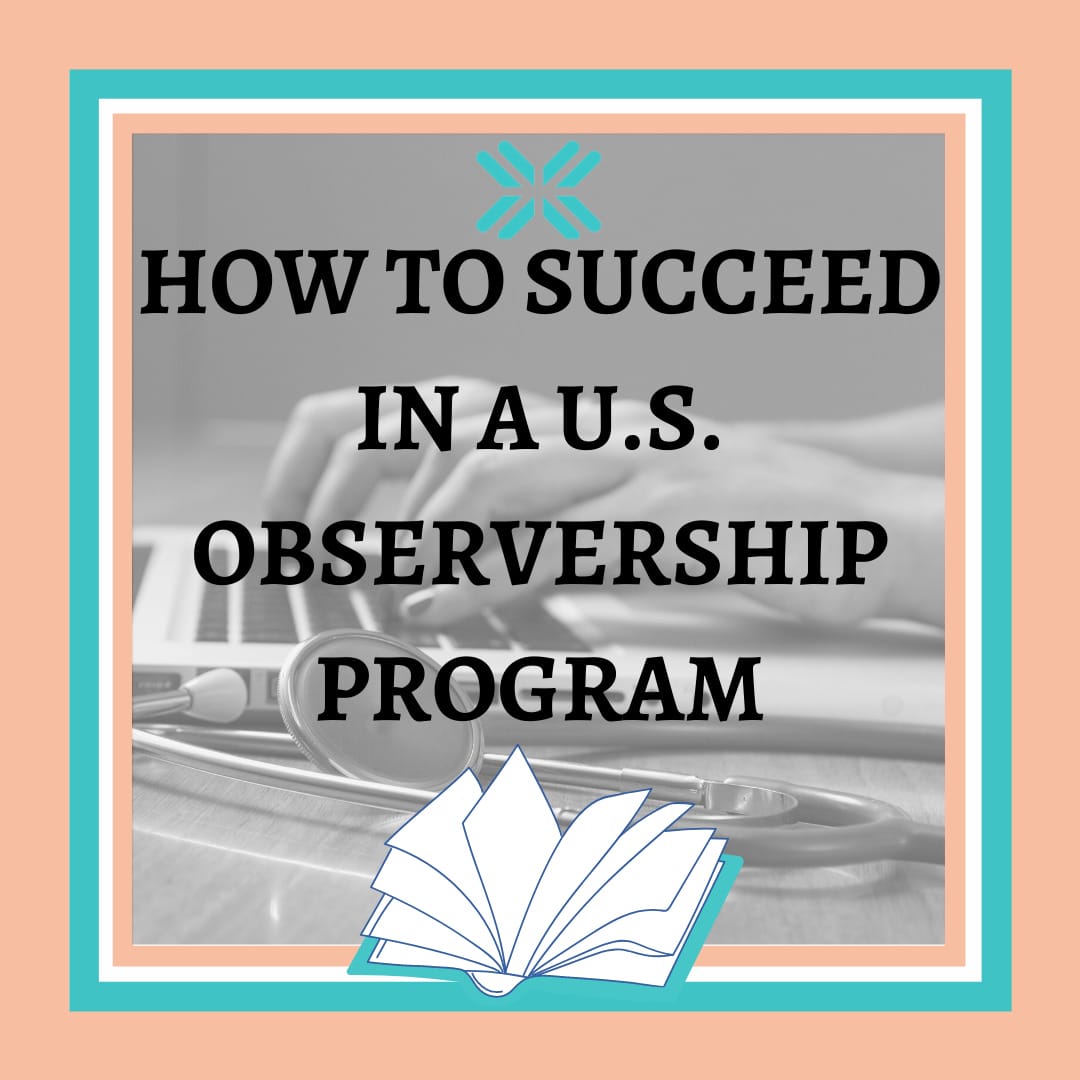

Clinical observership programs are a way for international medical students and graduates (IMSs, IMGs ) to gain US clinical experience (USCE). Observing medical learners accompany a physician throughout their daily clinical tasks and gain valuable hands-off training. These clinical rotations may or may not be accredited depending on your school’s academic requirements.
Students seeking medical observerships in the US should first be familiar with the local healthcare system. Your medical education will be tested, as will your English language skills and interactions with patients and other staff. Familiarity with the clinical settings you may be hosted at, navigating electronic medical records (EMRs), and participate in your preceptor’s teaching rounds will be expected of all learners.
Foreign and international medical students and graduates may locate clinical sites in several ways. The most common include asking peers, friends, and family if they know a physician who may host their clinical rotation. This is the easiest way as a referral from someone within a preceptor’s or program coordinator’s network will increase the likelihood of the trainee being accepted.
Another traditionally popular method is to “ cold call ” physicians. This includes calling clinics and hospitals, emailing office assistants, or reaching out to the physician directly. However, this usually does not lead to a high success rate. Students will usually need to reach out to many doctors to gain a single observership. Physicians are also very busy and many may become annoyed at receiving numerous calls, emails, or social media messages.
If your medical school does not provide any hospital affiliations to explore, or not in your specialty of interest, many are forced to turn to placement agencies. These rotations agencies provide a much wider array of options, but they come at a very steep price. Clinical experiences through these companies may cost hundreds to thousands of dollars per week. They usually have non-refundable application fees, Many learners have reported negative experiences with such companies as well.
Rotations marketplaces are a relatively new concept in this field. Unlike the VSAS/VSLO system, students do not need to come from a particular school to use them. They are also much more affordable as there is no agency in between the healthcare learners and the preceptor or clinical site. It puts more responsibility on the learner to properly schedule, complete documentation, and communicate with healthcare professionals at the site. However, it also allows for more personalized education and control over educational experiences.